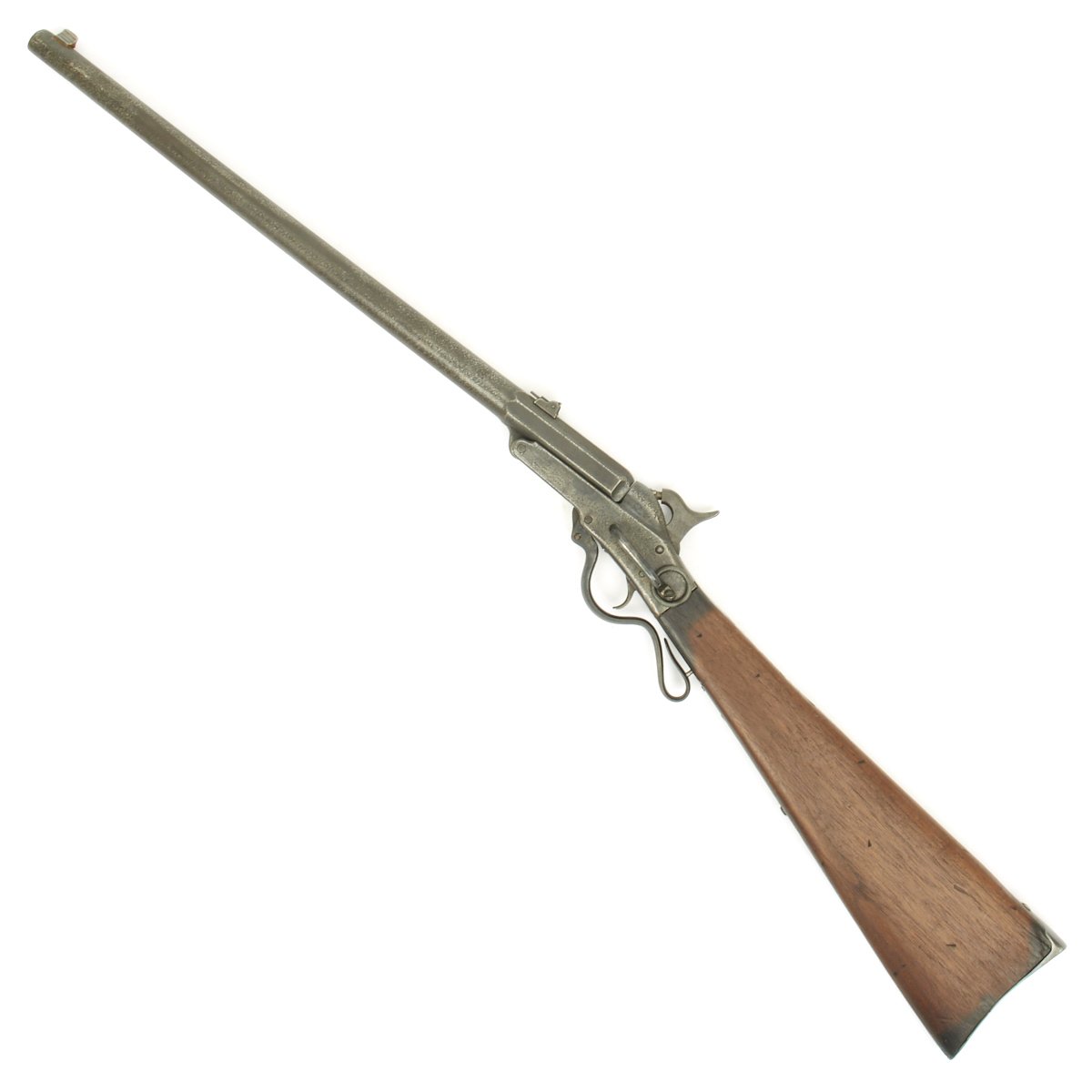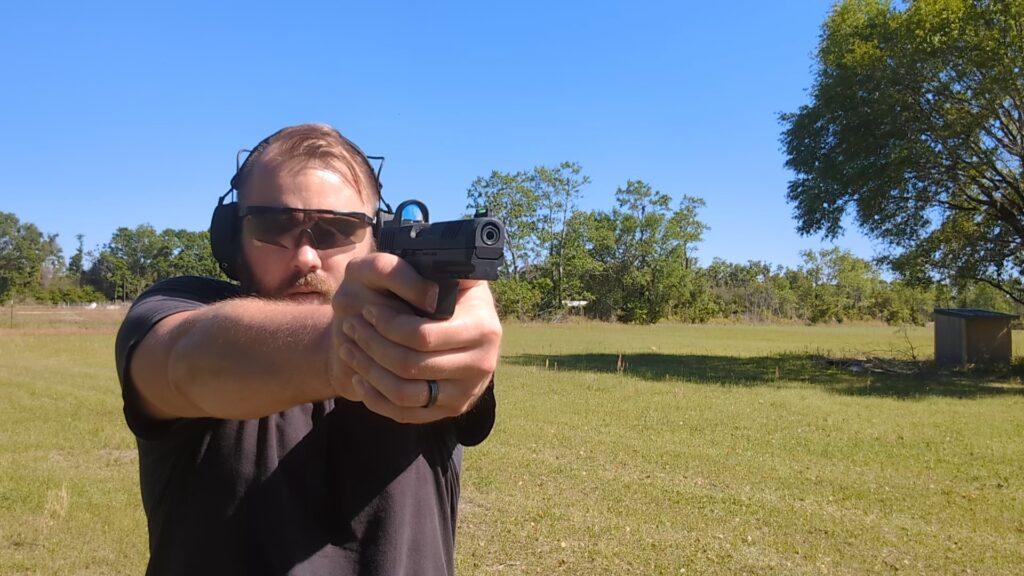Weapons development is rarely done in giant leaps and bounds. It’s often slow micro evolutions that slowly integrate features over time. Lots of handguns from the early days of semi-autos weren’t that revolutionary. A Colt M1903 Pocket Hammerless is that much different than a modern handgun. However, the M1903 is the reason the M1911 exists, and the M1911 gave us the Browning short recoil system. The little evolutions are often forgotten about, and if there is a weapon that defines little evolutions, it is the Maynard Carbine.
The Early Origins of the Maynard Carbine
The Maynard Carbine debuted in 1851, but the story really starts six years prior. Edward Maynard was a dentist who served the Washington D.C. area. Specifically, he was rather well known for his work and served some elite clientele and their teeth. Somehow, the man became more well-known for his mechanical engineering prowess.
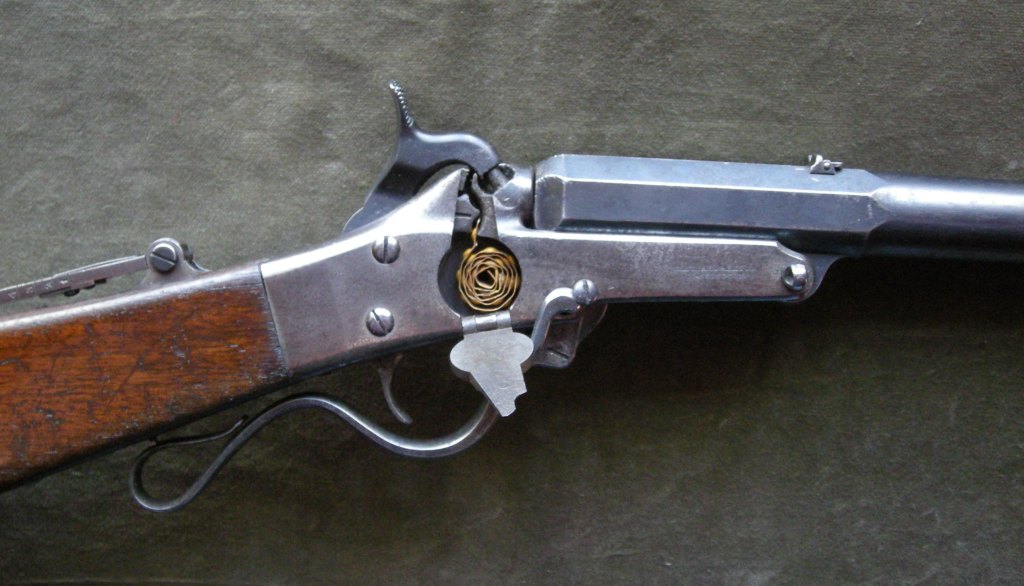
Advertisement — Continue Reading Below
His most notable invention was the Maynard tape primer. This was a laminated paper roll with dots of mercury fulminate. These generated a spark when struck and could fire weaponry of the era. The idea made it easier to carry primers and supposedly easier to use them. I imagine this being a very intense cap gun strip. The Maynard tape primer did have issues. It didn’t work well in hot or cold environments but was rather successful and novel enough to gain attention.
Six years later, he introduced the First Model Maynard Carbine. As you’d expect, the carbine used the tape primer. In fact, it had a little slot in the side to accommodate a coiled roll of it. This made it easy for the shooter to pull up primer by primer as they fired the rifle. That’s neat, but that was only the start of the little evolutions of the Maynard carbine.
What the Maynard Carbine Did Differently
First, it was a breech-loading weapon, which was fairly new for 1851. Keep in mind this was also well before the popularity of metallic cartridges. The user pressed a lever downward, and the barrel opened, and the barrel closed when the lever was pressed upwards. The rifles came in either .35 or .50 caliber and a rimmed metallic cartridge that held the projectile and powder but left a hole in the rear of the cartridge.
Advertisement — Continue Reading Below

The metallic cartridge could be reloaded, supposedly upwards of 100 times. The stability of the metallic cartridge and the ease of loading and unloading the rifle made it fire much faster than the standard rifle of the era. It could apparently be fired up to 12 times a minute.
This hole allowed the spark from an ignited primer to light the powder and fire the cartridge. First-model guns used the tape primer, and Second-model carbines used standard primers. The First Model guns also came with a patch or butt box built into the stock for storage. Second-model rifles were a bit plainer for military use.
Advertisement — Continue Reading Below
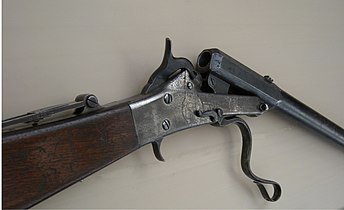
Users could remove the barrel and replace it with a shotgun barrel. The lever-loading barrel made this easier and made the weapon modular at a time when modular didn’t apply much to weapons.
The Civil War
The military was impressed by the Maynard carbine, especially during the Civil War. It offered a faster-firing alternative to the muzzle-loading muskets and rifles of the era. Troops could rapidly engage with the weapons, and the Northern forces issued the lightweight carbine to calvary forces. At a little over six pounds, it was quite light for the era.
Advertisement — Continue Reading Below
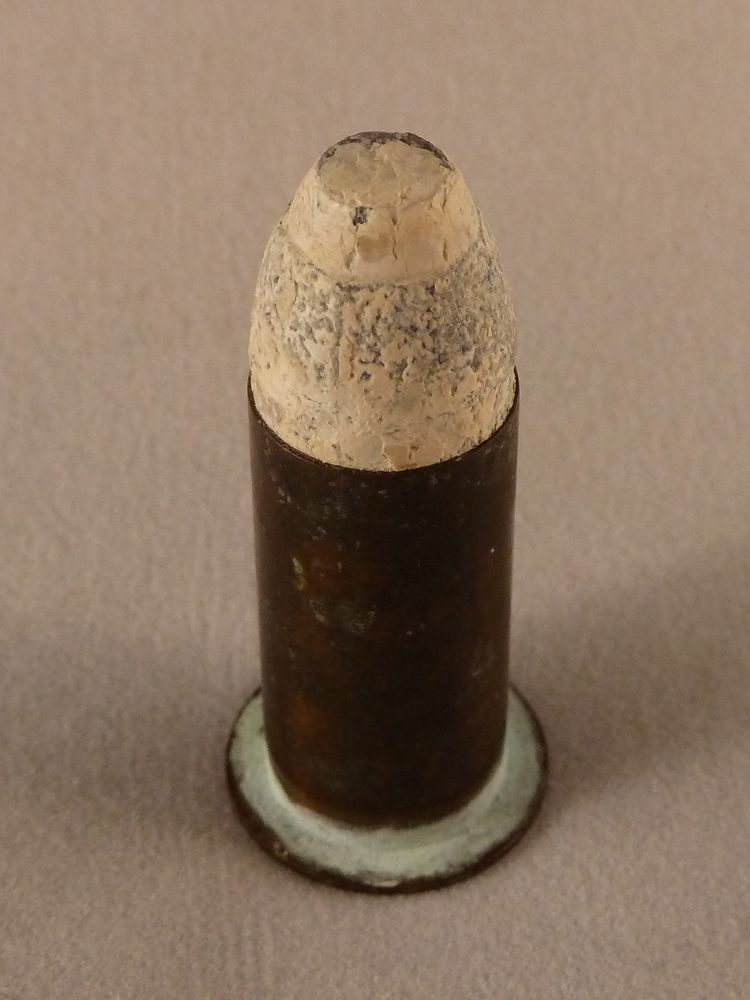
The United States issued the second model, but Confederate forces had first-model carbines numbering up to 10,000 or so. Both forces appreciated the weapon’s rate of fire. It was also known for being quite accurate, and soldiers boasted some impressive, effective ranges. The weapons served rather well but were clearly upstaged by the advent of modern metallic cartridges.
During the Civil War, metallic cartridges came to be, and rifles like the Maynard Carbine faded away. It was still a fascinating weapon that was one of the little evolutions in firearms design and development that is often overlooked.
Advertisement — Continue Reading Below
